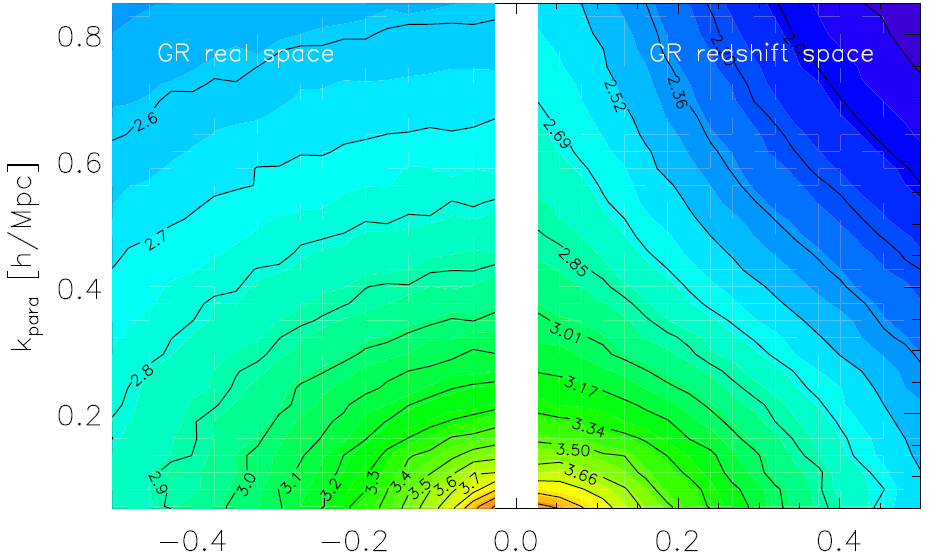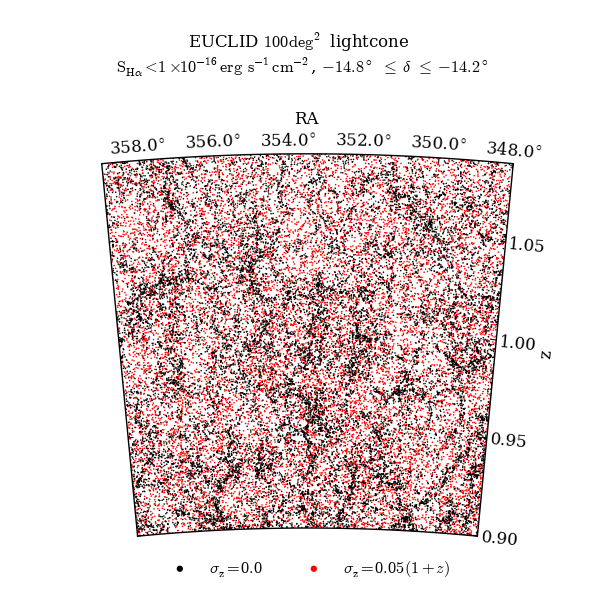Carlton Baugh
Overview
I am a professor in the Department of Physics at Durham University. I am the Deputy Director of the Institute for Computational Cosmology.
My research interests include modelling the physics of galaxy formation and devising new ways to measure dark energy using the large-scale structure of the Universe. I am also interested in the application of machine learning methods to speed up the calibration of complex scientific models that have dimension parameter spaces.
I was the Director of the STFC/Durham University Centre for Doctoral Training in Data Intensive Science, which trained 25 PhD students in Astronomy and Particle Physics, with 150 months of industrial placements.
I was the project scientist of the Horizom 2020 RISE project, and co-coordinator of the Horizon Europe Staff Exchange project LACEGAL . I am the Chair of Durham University's EU funding liaison group.

Address
My AddressInstitute for Computational Cosmology
Science Laboratories
Durham University, South Road
Durham, DH1 3LE, UK
Phone: +44 (191) 334 3542
Office: OCW122 Carlton Baugh
c.m.baugh@durham.ac.uk
Publications
NASA ADS Publications (by date)
PUBLICATIONS
NASA ADS Publications (by citations)
Research: Galaxy Formation
The Physics of Galaxy Formation
Understanding the formation of galaxies is a key outstanding challenge in cosmology. The physics of the baryonic component of the universe is much more complicated than that of the dark matter. Many processes are involved in galaxy formation. Often these are poorly understood and they operate in a non-linear way. One of the most powerful tools available to cosmologists to address this problem is semi-analytical modelling. This approach allows us to model the interplay between phenomena such as gas cooling, star formation, the impact of supernovae and emission from AGN, and galaxy mergers. I am one of the authors of the GALFORM semi-analytical galaxy formation code.
Recent highlights include:
A dynamical model for the impact of bubbles inflated by supernovae on the interstellar medium in galaxies
.A new treatment of star formation which follows the atomic and molecular hydrogen in the interstellar medium
.A blind comparison of how robust the predictions of different semi-analytical models are for the number of galaxies in haloes of different mass. This determines how well we can currently predict the bias of galaxies and also how much we can learn from measurements of galaxy clustering.
The generation of mock galaxy catalogues on an observer's past lightcone, which can be compared directly with galaxy surveys.
A simple introduction to this work can be found in this review.


Research: Large-scale structure
Measuring the nature of dark energy
One of the biggest challenges in physics is to understand the nature of the dark energy which is behind the accelerating cosmic expansion. Euclid aims to distinguish between competing explanations by using a combination of probes. I have tested one of these, the redshift space distortion of clustering, using computer simulations. The goal is to assess how well simple analytical models work on large-scales by comparing them to the simulations, and to help guide the development of improved models.
Highlights of this work include:
A comparison of the linear theory predictions for redshift-space distortions with the results of very large volume simulations. Models based on linear and quasi-linear perturbation theory fail to describe the simulation results.
The demonstration that using models based on linear theory to distinguish between quintessence and modified gravity cosmologies can lead to catastrophic errors
The first prediction of redshift space distortions in the f(R) class of modified gravity model

Reviews
Review articles
A primer on hierarchical galaxy formation: the semi-analytical approach
Recent observational and theoretical breakthroughs make this an exciting time to be working towards understanding the physics of galaxy formation. The goal of this review is to make the principles behind the hierarchical paradigm accessible to a wide audience by providing a pedagogical introduction to modern theories of galaxy formation. I outline the ingredients of the powerful approach called semi-analytical modelling and contrast this method with numerical simulations of the gas dynamics of baryons. Semi-analytical models have enjoyed many successes, but it is the observations which the models struggle to match which mark out areas where future progress is most likely to be made; these are also reviewed.

Creating synthetic universes in a computer
Cosmologists regularly generate synthetic universes of galaxies using computer simulations. Such catalogues have an essential role to play in the analysis and exploitation of current and forthcoming galaxy surveys. I review the different ways in which synthetic or mock catalogues are produced and discuss the different physical processes that the models attempt to follow, explaining why it is important to be as realistic as possible when trying to forge the Universe.

Luminosity Bias: From Haloes to Galaxies
Large surveys of the local Universe have shown that galaxies with different intrinsic properties such as colour, luminosity and morphological type display a range of clustering amplitudes. Galaxies are therefore not faithful tracers of the underlying matter distribution. This modulation of galaxy clustering, called bias, contains information about the physics behind galaxy formation. It is also a systematic to be overcome before the large-scale structure of the Universe can be used as a cosmological probe. Two types of approaches have been developed to model the clustering of galaxies. The first class is empirical and filters or weights the distribution of dark matter to reproduce the measured clustering. In the second approach, an attempt is made to model the physics which governs the fate of baryons in order to predict the number of galaxies in dark matter haloes. I will review the development of both approaches and summarise what we have learnt about galaxy bias.
